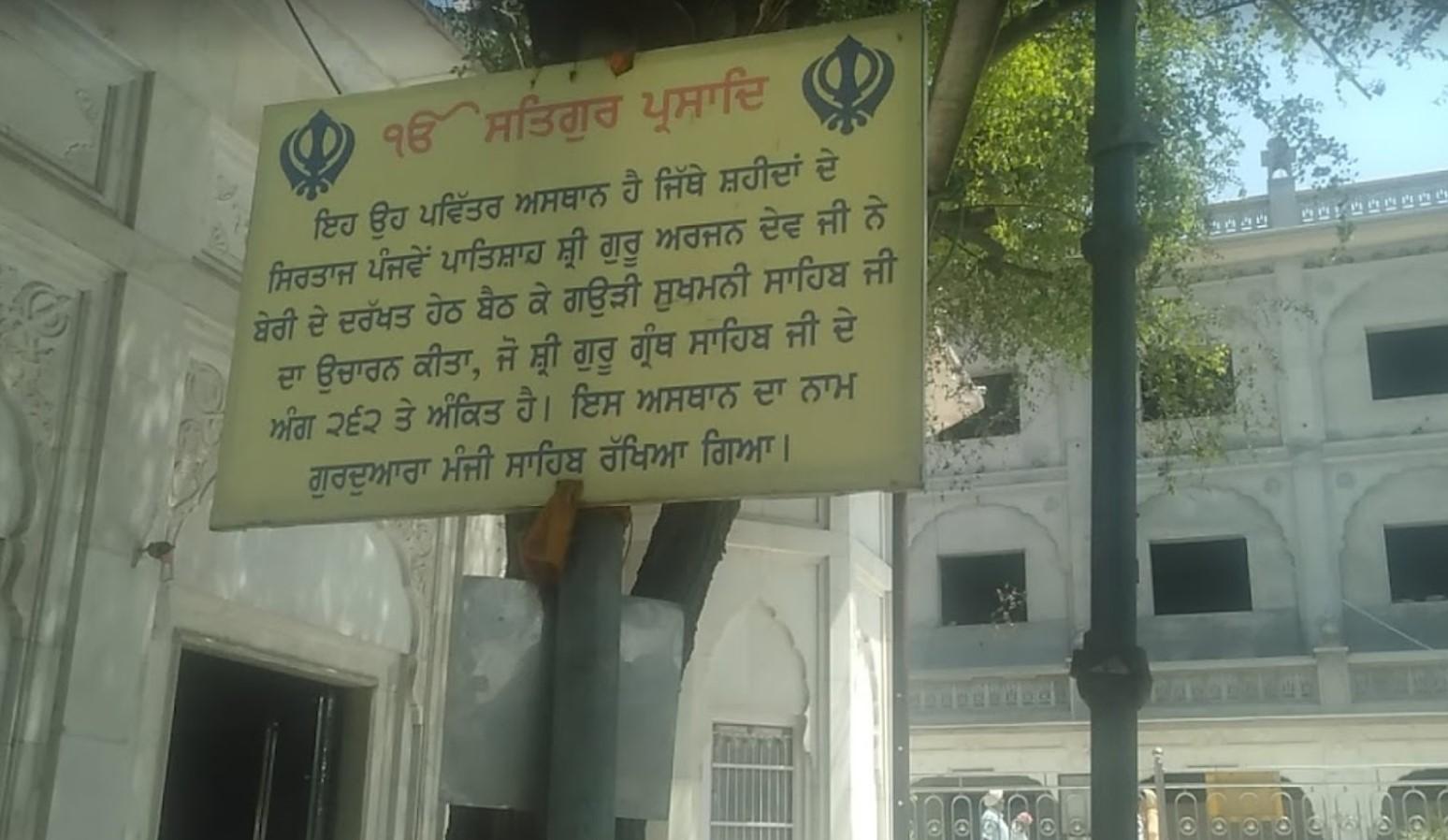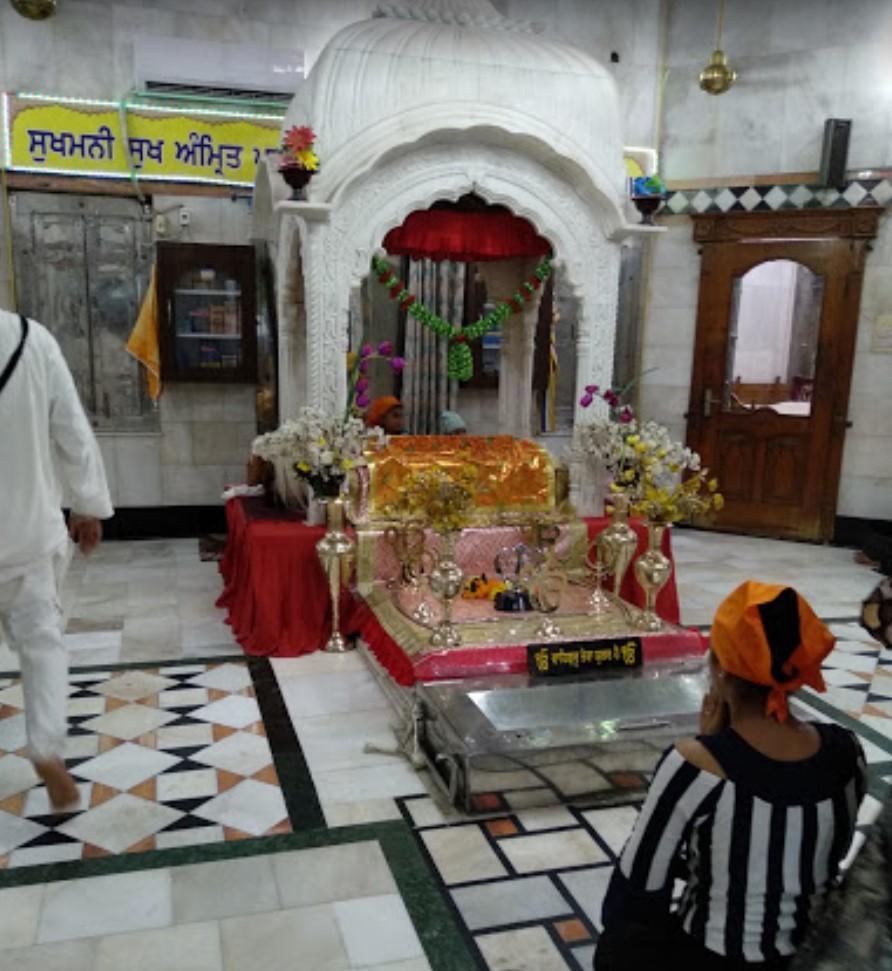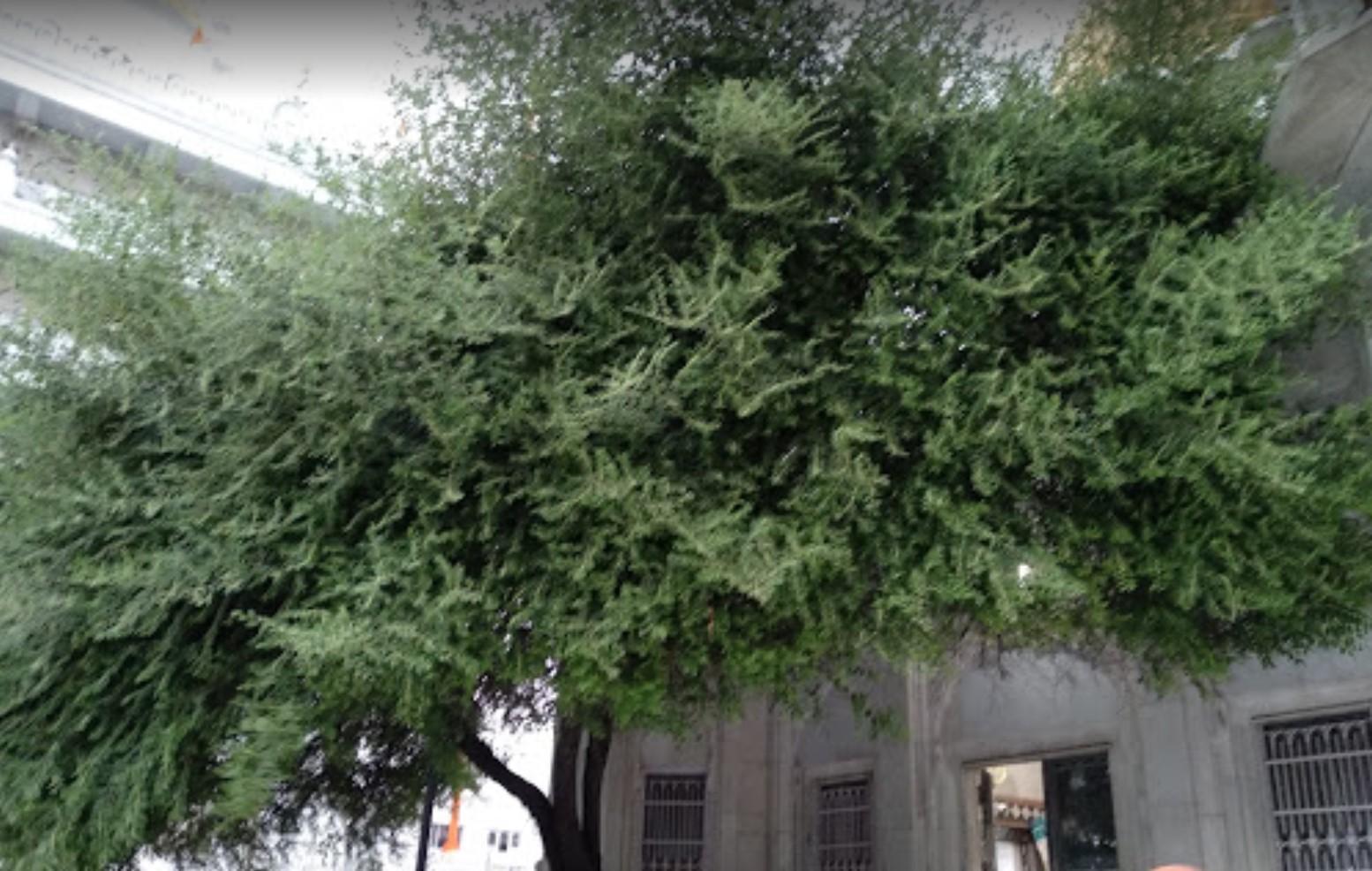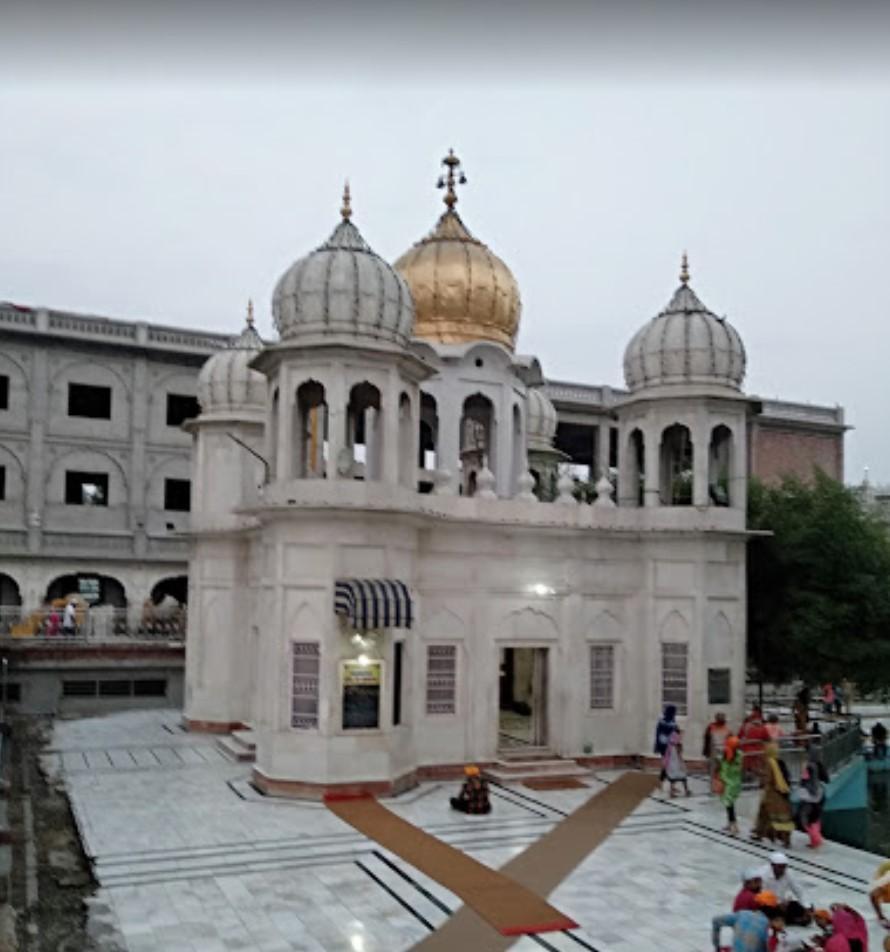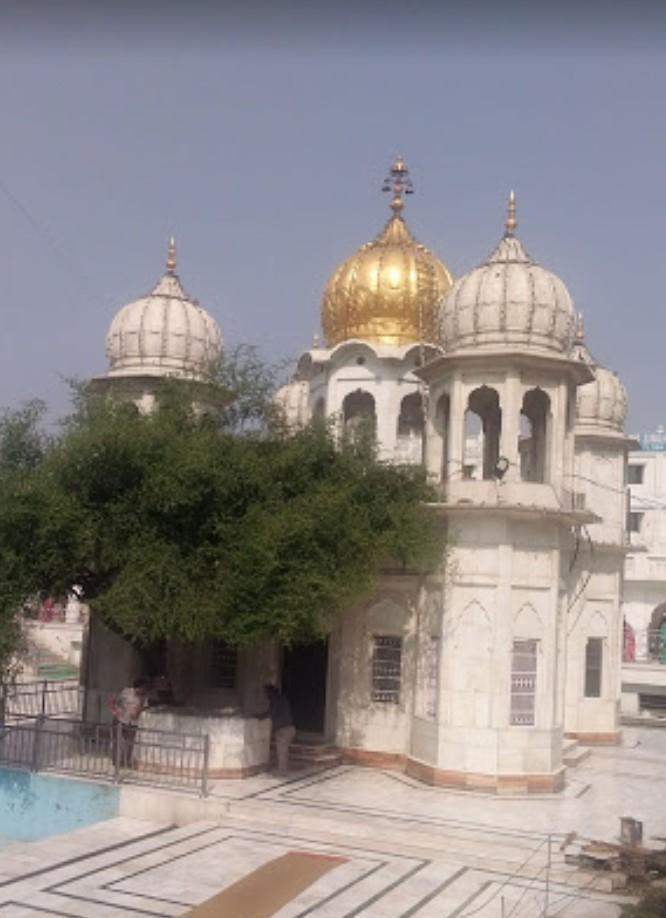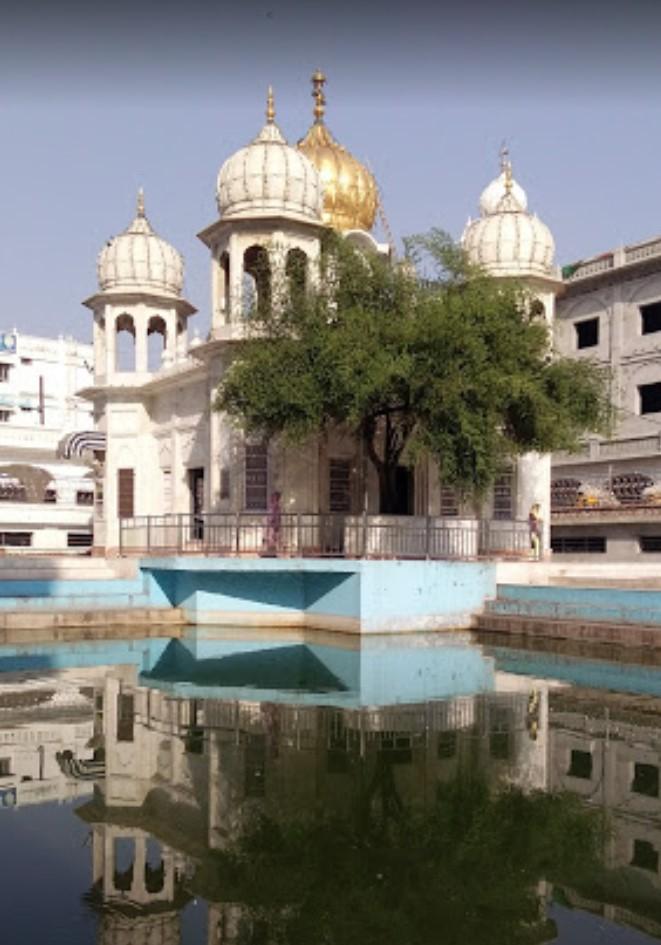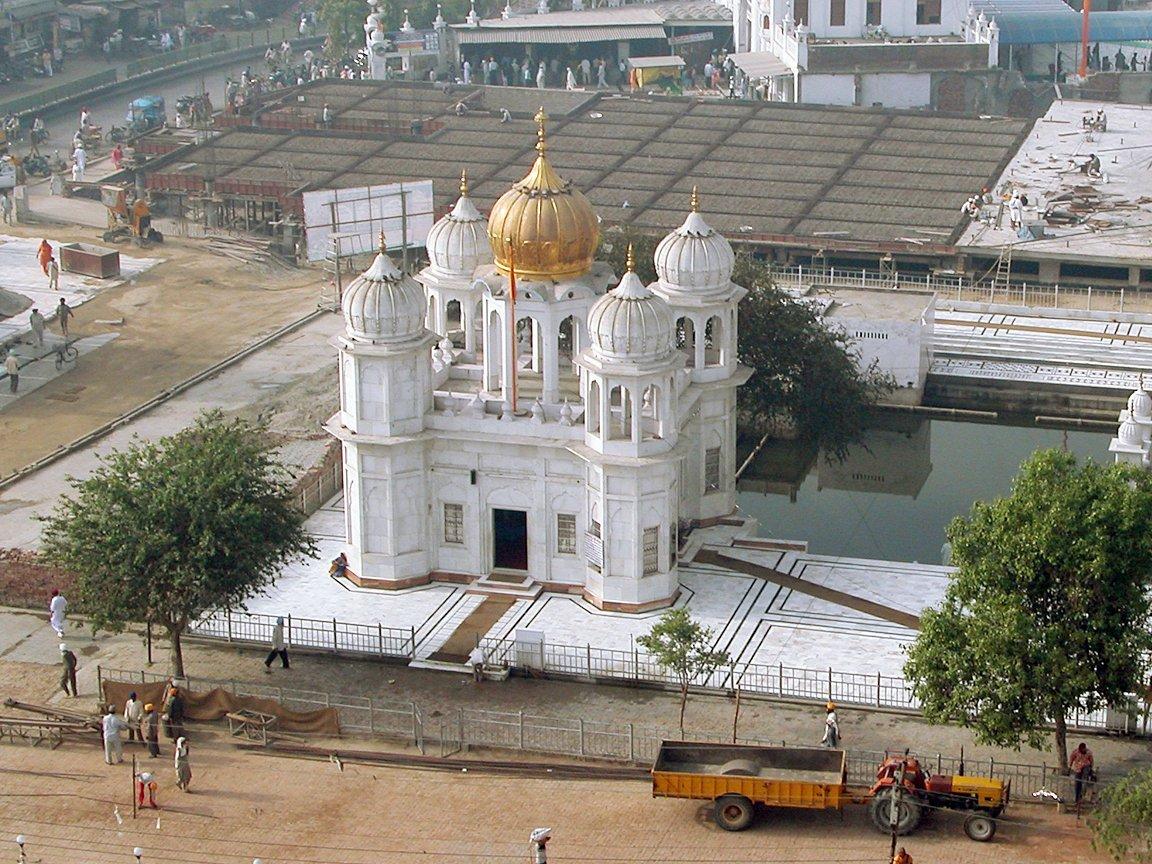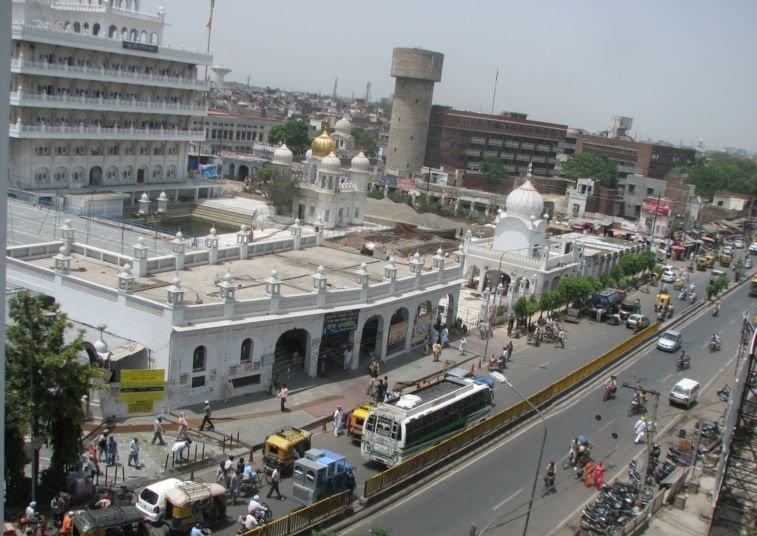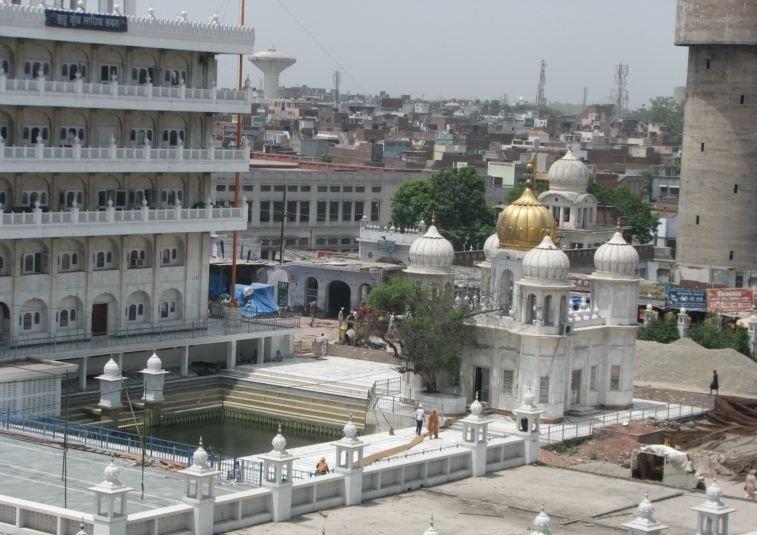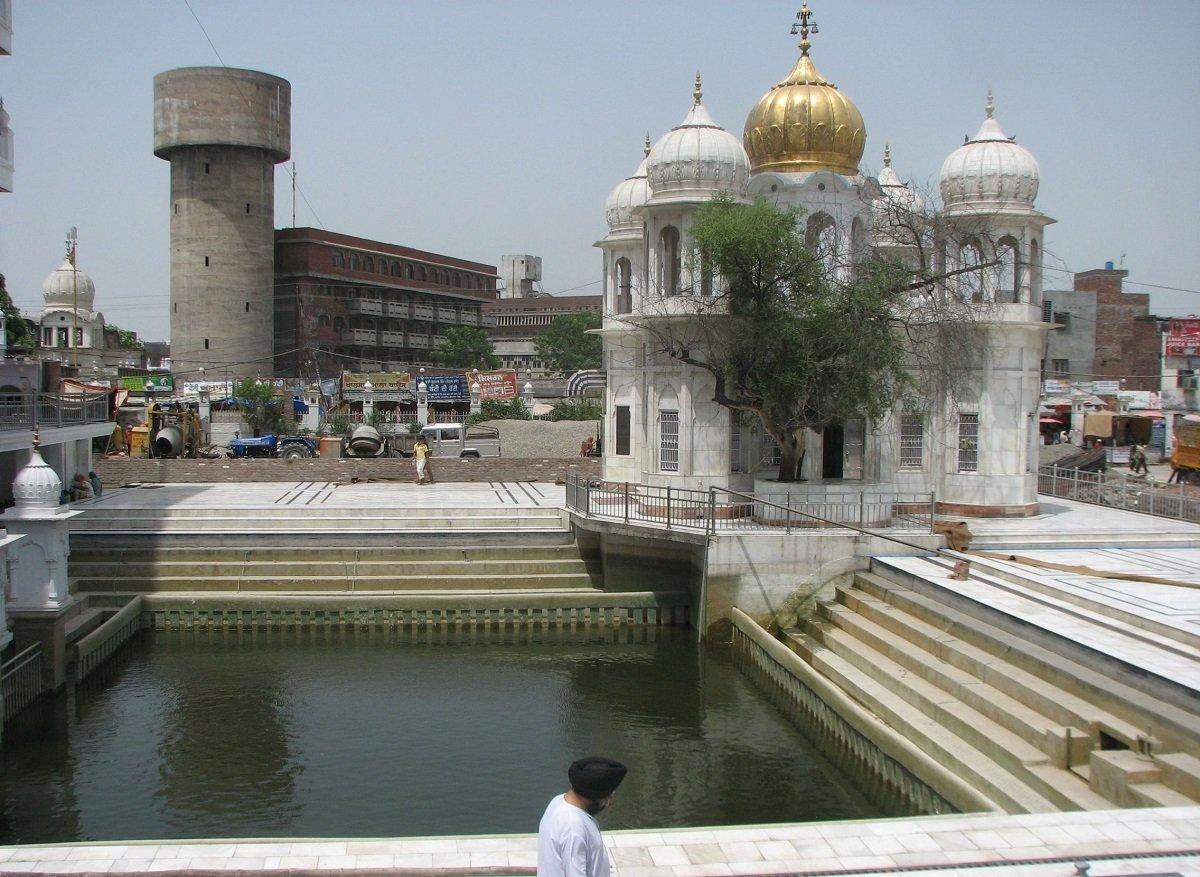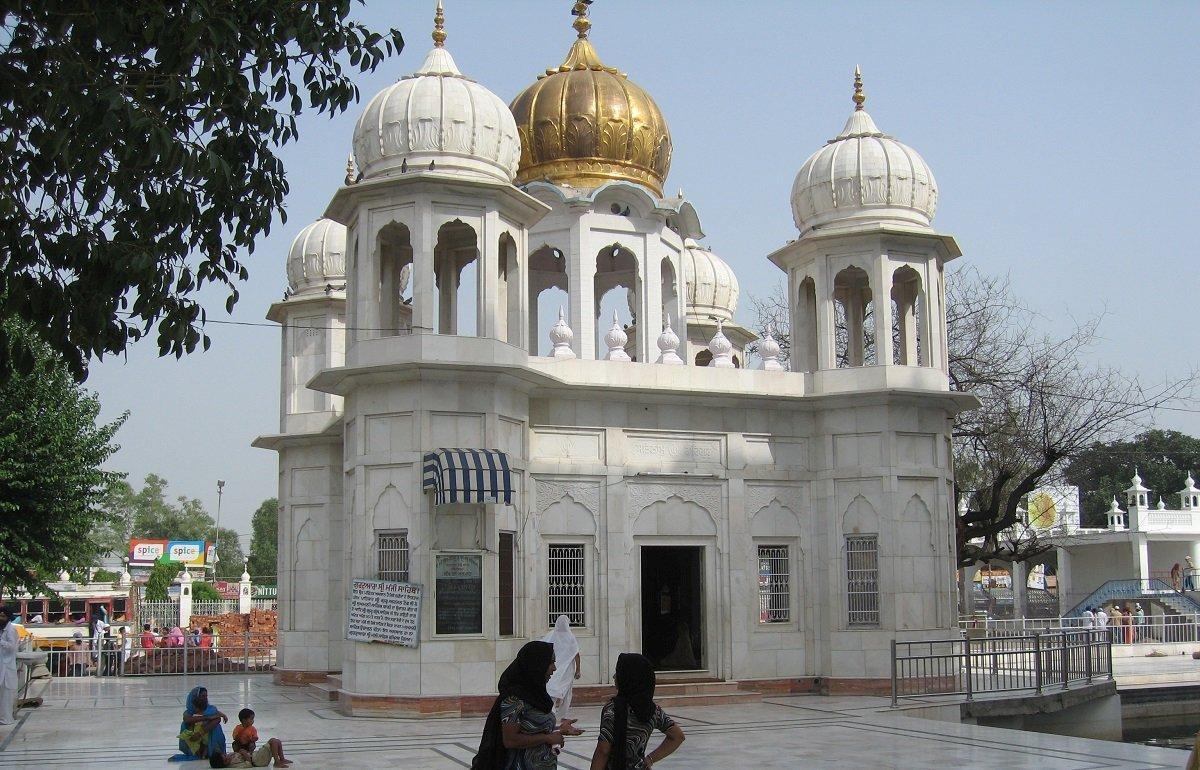Gurudwara Sri Manji Sahib, Amritsar
Gurudwara Sri Manji Sahib is situated in the city Amritsar. Situated on the Tarn Taran road, Chattiwind gate, it marks the place where Sri Guru Arjan Dev ji wrote Sukhmani Sahib, sitting on the bank of Ramsar Sarovar under ber tree. This sacred place is adjoining to Gurudwara Sri Ramsar Sahib.
Gurdwara Sri Manji Sahib Amritsar marks the place where Sri Guru Arjan Sahib Ji wrote Sukhmani Sahib while sitting under a Ber tree.
Gurdwara Sri Manji Sahib Amritsar is located opposite Gurdwara Sri Ramsar Sahib Amritsar and next to Ramsar Sarovar.
The physical site, where the Guru Arjan around 1602-03 AD composed this composition was once enclosed by a dense wood.
Sukhmani Sahib is the name given to the Gurbani divided into 24 sections which appear in the Sri Guru Granth Sahib Ji, on Ang 262 to 296. Each section, which is called an Ashtpadi (Asht means 8), consists of 8 hymns per Ashtpadi.
The Sukhmani Sahib has structural unity. The composition consists of 24 Astpadis each of which begins with a Salok and is followed by 8 Pauris or stanzas. Each stanza has ten lines, which consist of five couplets.
There is also the unity of theme: the perfection of man mentally. morally and spiritually. The Salok at the beginning of each Astpadi (canto) gives the gist of the 8 Pauris (stanzas) that follow this salok.
The word Sukhmani translates as ‘consoler of the mind’ and brings peace to one’s mind and compoundly peace to the world.
The entire poem has been translated into English more than once under some commonly preferred titles, ‘Jewel of peace’, ‘Psalm of peace’ or ‘Song of peace’, signifying the soothing effect it has on the mind of the reader.
‘Sukh’ literally means peace or comfort and ‘Mani’ means mind or heart (ਮਣੀ Mani in Gurmukhi can also mean jewel, gem, precious stone).
Attributes






